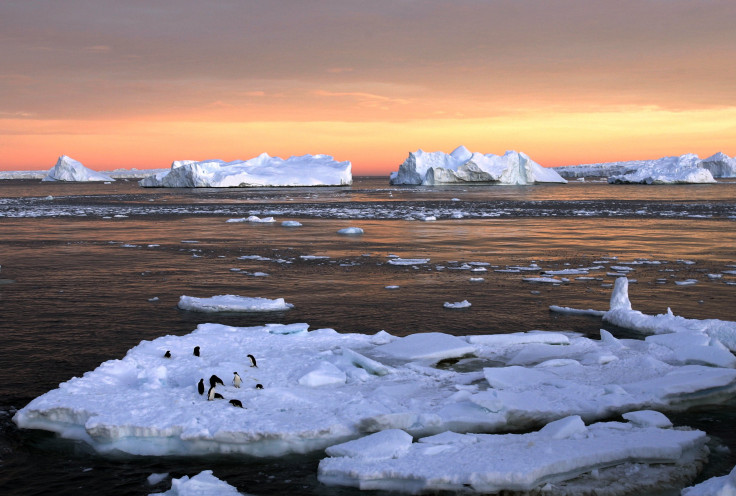Are The Polar Ice Caps Melting? New NASA Study Shows Mass Gains Are Bigger Than The Losses

There may be some good news for anyone living in coastal zones threatened by rising sea levels. The amount of snow accumulating in parts of Antarctica appears to be larger than the glacial melt that has long been the source of concern for climate change scientists, according to a new study conducted by NASA.
The study analyzed satellite data that measured small changes in height of the surface of the ice and snow on the continent. While it appears that ice mass is growing at the moment, scientists note that, within a few decades, that trend could be reversed. The new analysis of data shows that about 112 billion tons of ice was added to the Arctic ice sheet during the ‘90s, and that rate slowed to 82 billion from 2003 to 2008.
The new conclusions conflict with results from other large estimates, including the Intergovernmental Panel on Climate Change’s (IPCC) 2013 report that said the continent was losing ice. The IPCC is a United Nations-organized group of scientists from around the world who study the changing climate.
“We’re essentially in agreement with other studies that show an increase in ice discharge in the Antarctic Peninsula and the Thwaites and Pine Island region of West Antarctica,” Jay Zwally, a glaciologist with NASA Goddard Space Flight Center in Maryland and lead author of the study, said. “Our main disagreement is for East Antarctica and the interior of West Antarctica. There, we see an ice gain that exceeds the losses in the other areas.” Zwally added that his team “measured small height changes over large areas, as well as the large changes observed over smaller areas.”
The most recent IPCC report in 2013 indicated that the global sea level rise would be much more drastic than previously anticipated. The total rise in sea level was estimated to be between 26 and 82 centimeters. The report indicated that there was a 90 percent likelihood that humans are contributing to conditions that result in that rise.
Sea level rise appears to be quickening in pace, that report showed. And an estimated 0.27 millimeters per year was attributable to Antarctica. The new report, then, poses some difficulties.
“The good news is that Antarctica is not currently contributing to sea level rise but is taking 0.23 millimeters per year away,” Zwally said. “But this is also bad news. If the 0.27 millimeters per year of sea level rise attributed to Antarctica in the IPCC report is not really coming from Antarctica, there must be some other contribution to sea level rise that is not accounted for. ”
As ice melts from glaciers, the ocean is affected in more ways than just sea level rise. Glacial ice, which is fresh water as it enters the ocean, changes the salinity of the water. That impacts ocean currents and the habitats of marine life, which can rely on a specific balance. The melted ice can also form dark melt water pools, which absorb more heat from the sun than white ice sheets, which reflect the sun.
© Copyright IBTimes 2025. All rights reserved.






















